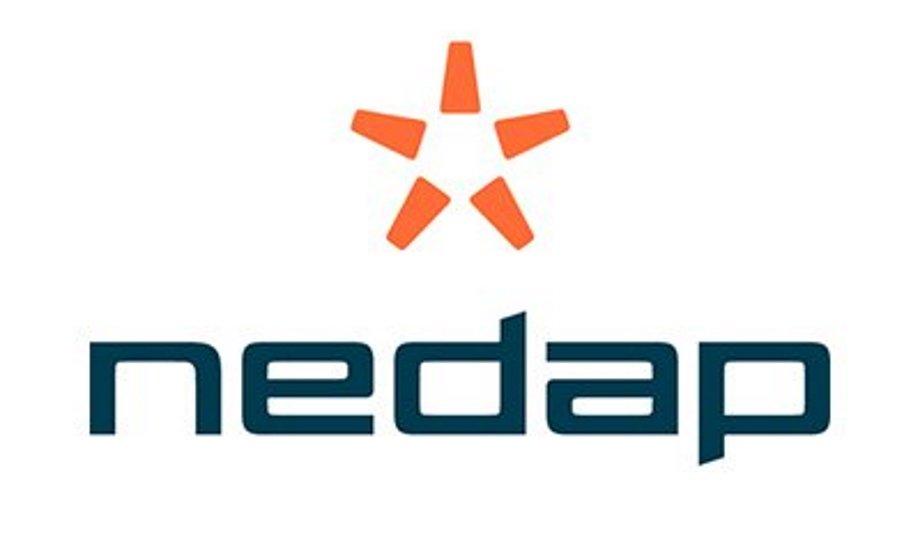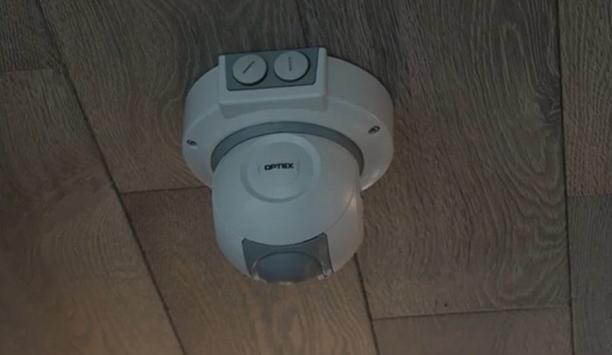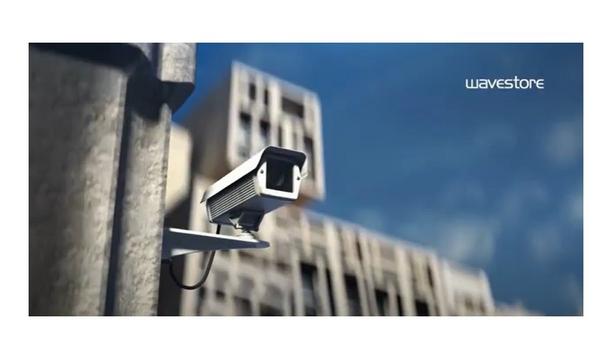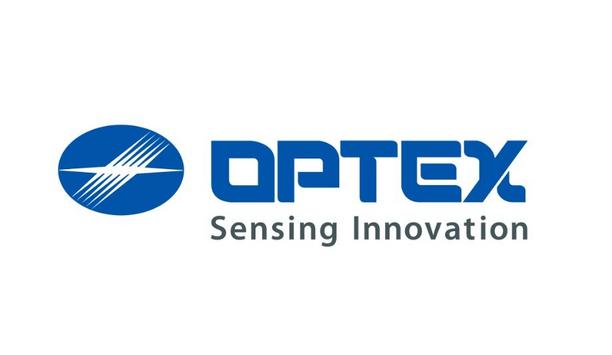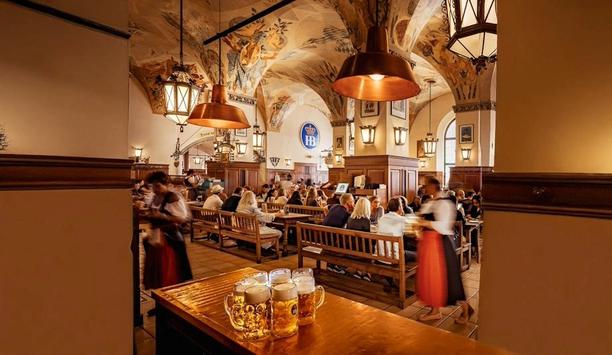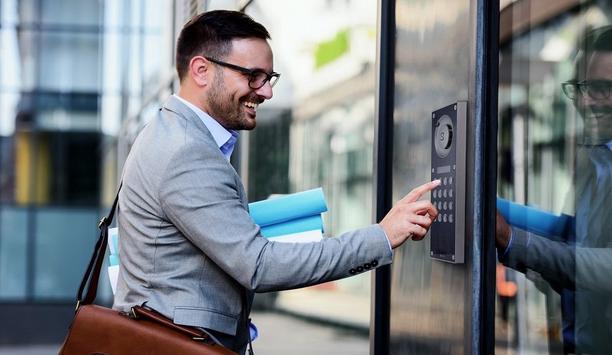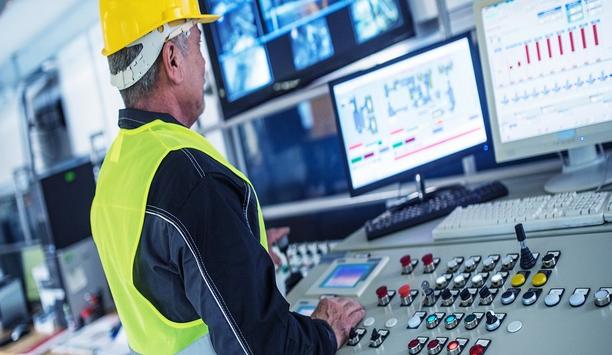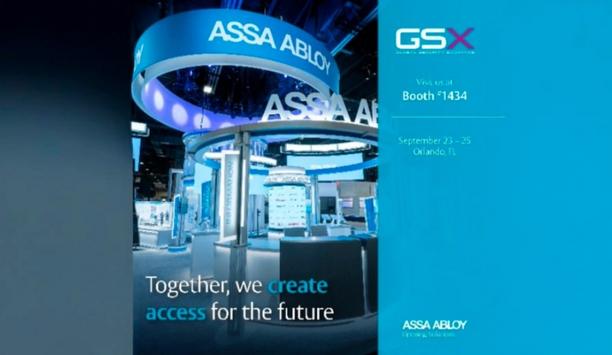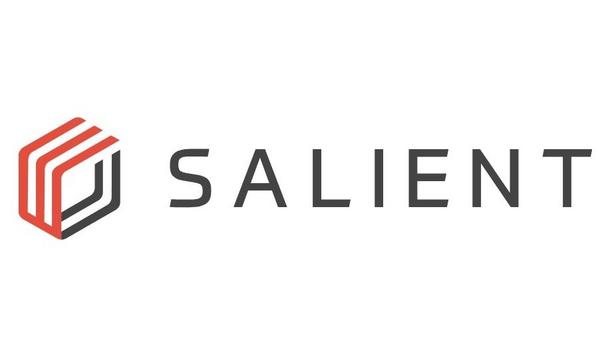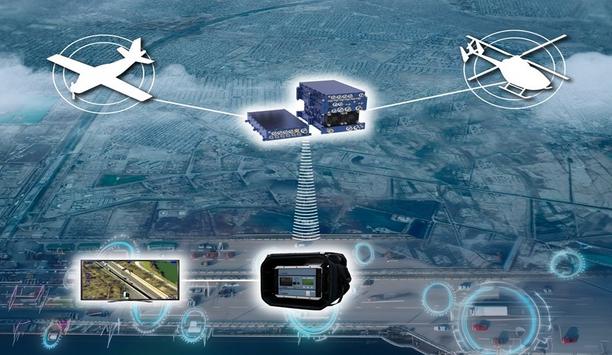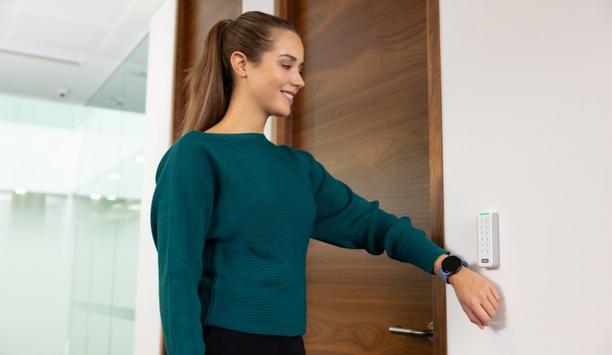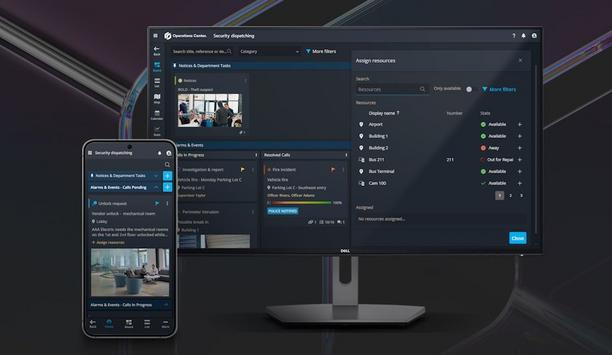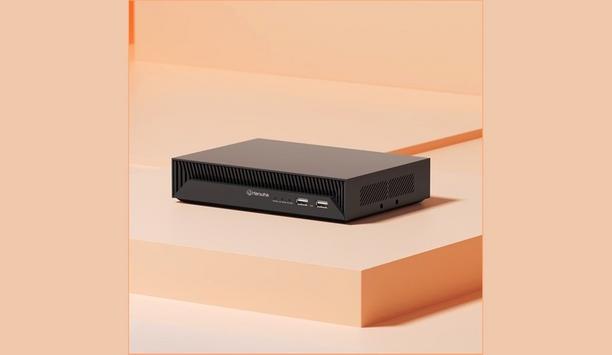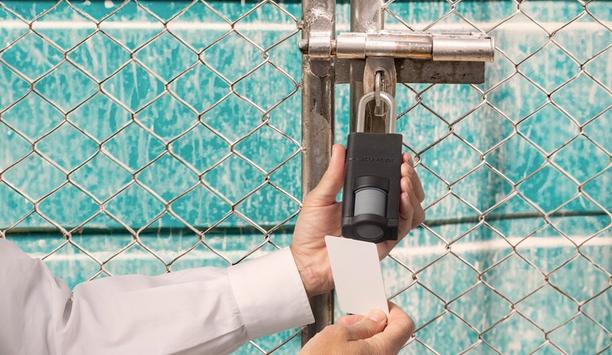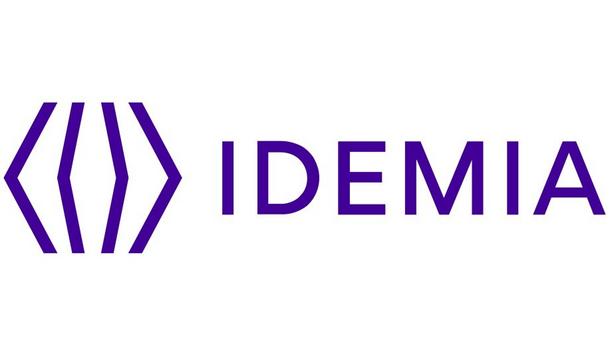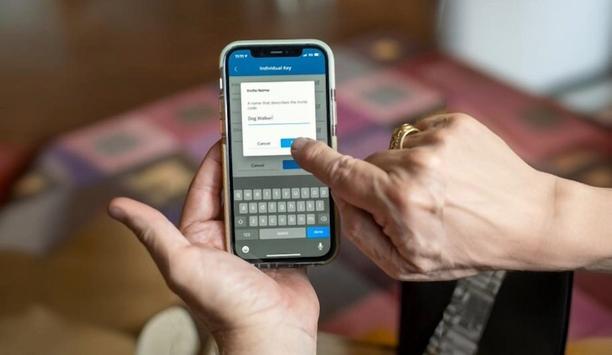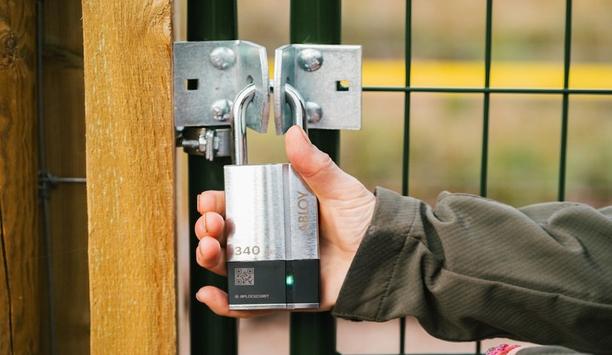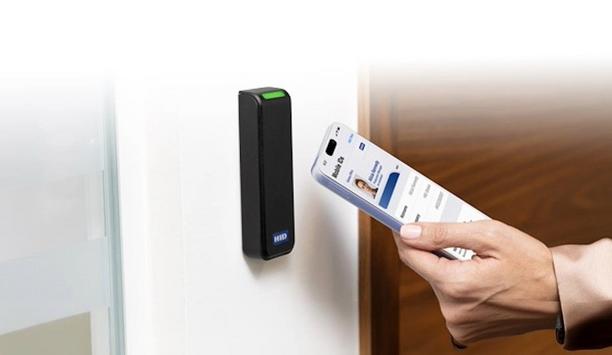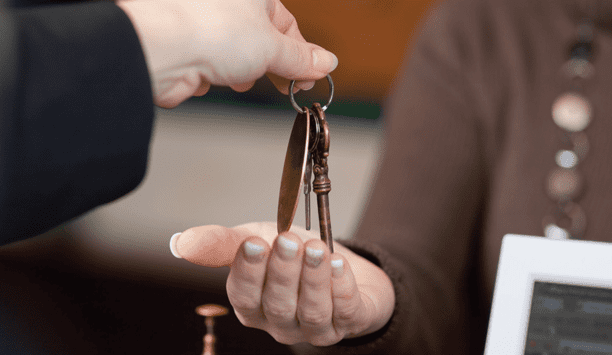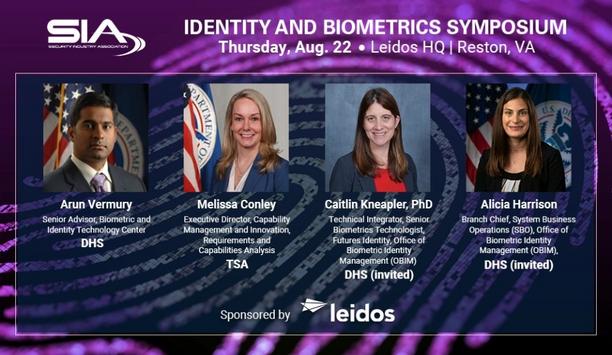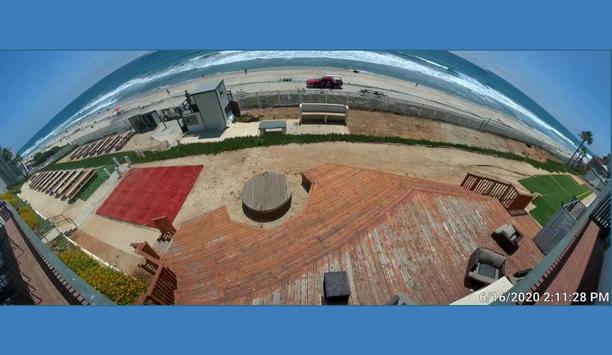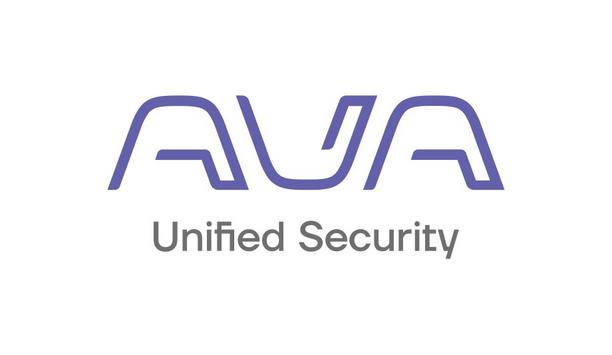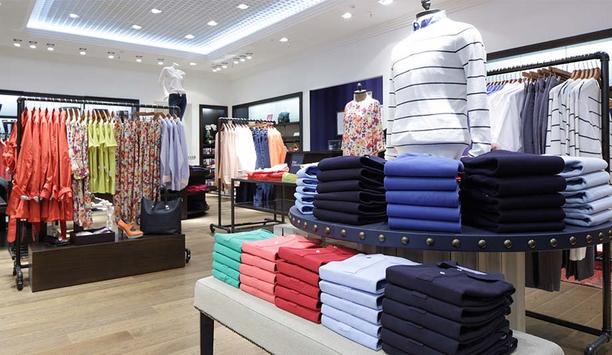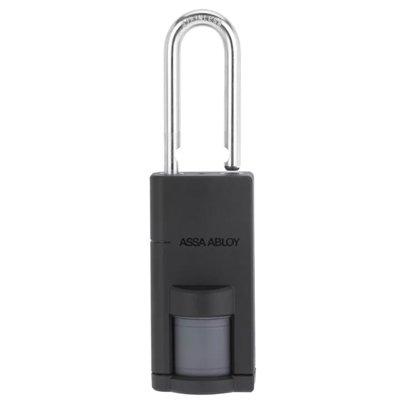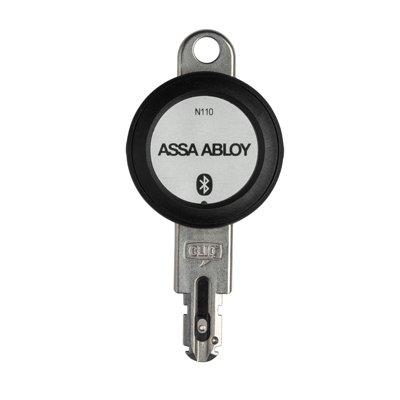Using biometric facial recognition technology to identify people, and so allow or deny their access, is becoming increasingly important. It helps to increase security because fraudulent use is more difficult than when using a card, for example, and it can add a layer of verification. It can also increase convenience as there’s no fumbling for a badge or entering a pin. Most importantly, given the recent COVID-19 pandemic, it provides a contactless means of doing this.
Facial recognition is available for AEOS access control for the first time thanks to an integration developed with technology partner Thales Cogent. This integration let’s manage physical access control and facial identification and verification – all in one interface.
Straightforward approach
Enrolling and configuring is straightforward and so is using the system. It can even recognize people when they’re wearing a face mask, and one can set it so people can gain access with or without their access card. One can also scale up easily, so having facial recognition at any number of access control points and any number of people enrolled on the database.
Philippe Faure of Thales Cogent and Maikel Coenen of Nedap speak about integration, its process, and what it means for customers.
High security and hygiene
It's easy to set up for optimal access control that’s fast, easy, secure, and contactless
When asked about the value the integration brings for customers, Philippe says, “The fact that it brings a real ‘out of the box’ facial recognition solution for access control is, we believe, the greatest value for our customers. It really makes it easy for them set up optimal access control that’s fast, easy, secure, and contactless. This last point is particularly important now in a post-COVID context.”
Maikel agrees, “This is the first facial recognition integration that we’ve realized for AEOS and so adds significant value to the platform. From now on, each customer can choose to implement facial identification or verification in a touch-free, hygienic way. Thales Cogent shares our future-proof vision and this is a special integration that I’m really proud of.”
Response to customer demand
Philippe explains how the collaboration came about, “It was triggered by an opportunity we had at one of Nedap’s customers – an airport in France. They had security concerns regarding badges, particularly because many areas in the airport are very sensitive and need high security, such as the luggage area and apron. I wasn’t aware of Nedap before this project, but thought AEOS looked like a modern, state-of-the-art solution.”
A smooth collaboration
Philippe says the collaboration process has been, “Very smooth and easy. It may sound obvious, but it’s not always the case with other larger companies we work with.”
Maikel agrees with Philippe. He says, “Like us, Thales wanted to create the best integration possible. We were both clear on the integration’s overall architecture. And our constructive development sessions enabled us to get direct feedback on how to improve our integration kits, processes, and documentation.”
The right level of detail
For Maikel, the biggest challenge was to achieve the right balance in terms of what to explain about AEOS and what not to explain. He says, “Because AEOS has advanced features, it doesn’t make sense to explain everything in detail. On the other hand, we still want to give enough information to enable the quality of the integration to be as high as possible. We also want to provide a general understanding of the product too. Finding this balance is key in accelerating the integration process. It’s also vital in ensuring the technology partner can provide good quality support to the customer in the future.”
In relation to this information sharing, Philippe says, “Nedap’s Technology Partner Programme is impressive. It provides user-friendly GUI, documents, and online training to make the integration easier.”
Potential for future integrations
Philippe also adds, “We had really good teamwork between Thales and Nedap. Although it was all done remotely, due to COVID, we jointly managed the whole process. From reviewing the integration solution through development, discussion, and troubleshooting to final certification. We’re fully open to working on more collaborations with Nedap in the future.”
